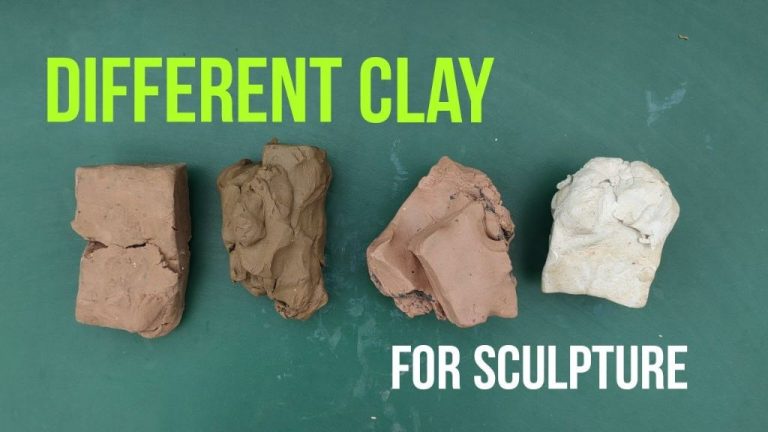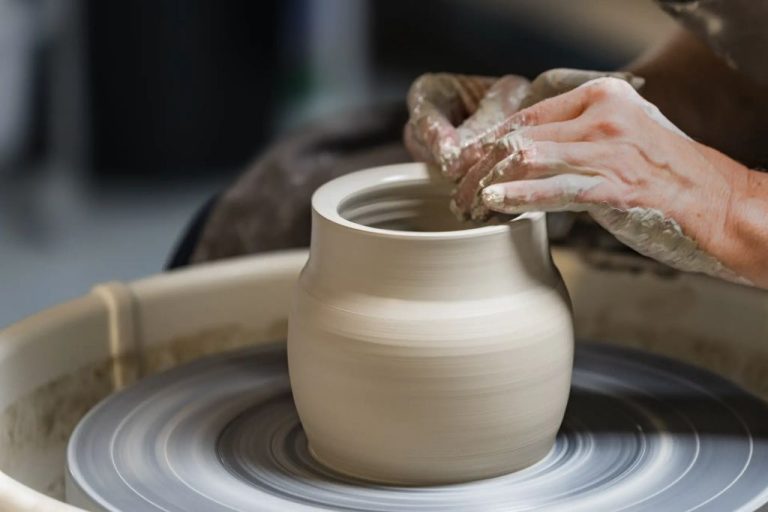How Do You Get Clay In Stardew Valley In The Winter?
Clay is an important resource in Stardew Valley that is used in crafting and construction. It is a key ingredient in many items like silos, lightning rods, and brick floors. Having a steady supply of clay allows players to build and upgrade various structures on their farm. However, clay can be difficult to obtain in the winter when the ground is frozen solid. This article will explain the different methods of acquiring clay during the winter season in Stardew Valley.
Where to Find Clay
Clay can be found in artifact spots around Pelican Town and The Beach. These spots have a chance to respawn daily, offering regular opportunities to gather clay. Using a hoe on the wriggling worms popping up randomly around the valley is the most efficient method. Focus efforts around The Mountain, Pelican Town, and The Beach for frequent spawn locations.
As described by the Stardew Valley Wiki, “Artifact Spots have a chance to drop Clay, even in the winter” (source). While the spawn rates may be reduced in winter, diligent farmers can still uncover clay this way. Just hoe all wriggling worm spots systematically each day.
Using the Hoe
One way to obtain clay during the winter in Stardew Valley is by using a hoe on dirt patches around your farm orPelican Town. Hoeing dirt has a small chance to produce clay lumps in addition to other forage items likewinter roots. The hoe can be used repeatedly on the same patch of land to try and get more clay.1

To quickly accumulate clay this way, focus on hoeing as many dirt spots as possible each day. Areas to check include the mountain north of the farm, around the train station, and along the path to the beach. It may take several tries hoeing the same spot to get clay. Having upgrades like the copper, steel, or gold hoe can speed up the process. Use food buffs that increase foraging skill for a higher chance at getting clay each try.
Mines
One of the best ways to get clay during winter in Stardew Valley is by mining it directly from the mines. Levels 41-79 in the mines contain clay deposits that can be mined with a pickaxe. Each level will have multiple clay nodes scattered around that can be mined. Mining a clay deposit will drop 1-6 clay.
To maximize clay collection in the mines, stack some speed boosts like coffee to quickly run between nodes. Bring bombs or the Dynamite profession to quickly uncover blocks and find clay deposits. Prioritize mining on levels with exposed clay rather than spending time breaking rocks. With some luck, you can collect over 100 clay per mining run this way.
According to this Reddit guide, levels 41-79 are the most efficient for farming large quantities of clay in the mines. Focus efforts there when clay is needed.
Geodes
One way to obtain clay in winter is from geodes found while mining. Geodes are mineral deposits that contain a hollow cavity lined with crystals. When a geode is cracked open, it has a chance of containing various gems, minerals, and clay. According to the Stardew Valley Wiki, geodes have a 22.5% chance of containing 1-3 pieces of clay when opened.
To obtain geodes, players can mine underground in the mines located north of Pelican Town. Geodes will randomly spawn when breaking rocks in the mine. The further players descend in the mine, the more likely they are to find geodes. Geodes can also sometimes be found when fishing treasure chests. Once acquired, geodes must be taken to the blacksmith shop and processed in a geode crusher to open them and reveal their contents. This provides players a way to gather clay during the winter when it is not available through other means.
Fishing Treasure Chests
One way to obtain clay during winter in Stardew Valley is by fishing up treasure chests. While fishing, there is a small chance that the player will catch a treasure chest instead of a fish. These chests can contain a variety of loot, including clay. According to this guide, treasure chests have a 60% chance of containing just one item. The chest loot is randomized, so there is no guarantee clay will appear. However, Reddit users like this one have reported finding clay in treasure chests along with other valuable items like iridium bands and dinosaur eggs.
It’s worth noting that the chances of catching a treasure chest are higher with a higher fishing level and with bait attached. So players looking to farm clay from fishing should make sure to level up fishing as much as possible and use bait like wild bait to improve their chances. While not a guaranteed source, fishing up treasure chests can be a good supplemental way to collect some clay during the winter when other sources are more limited.
Killing Duggies
One way to obtain clay during winter is by killing Duggies in the mines. Duggies are mole-like monsters that can be found on dirt layers in the mines. When slain, Duggies have a chance to drop items including clay. The drop rate for clay from Duggies is around 1-3% based on data mining of the game’s code [1]. This makes slaying Duggies a somewhat slow but steady source of clay in winter.
To maximize your clay gains, focus on hunting Duggies on dirt layers from around levels 20-29 in the regular mines. The further you progress, the more Duggies you’ll encounter. Equip a strong weapon to defeat them quickly. It can take slaying dozens of Duggies before you accumulate a substantial amount of clay. But if you’re already mining in winter, keep an eye out for Duggies and grab any clay they drop.
Trading
Another good way to obtain clay during the winter is by trading with some of the villagers in Stardew Valley. The blacksmith named Clint will occasionally sell clay at his shop on certain days of the week.
Check Clint’s shop on Tuesdays and Thursdays to see if he has any clay for sale. The amount he sells can vary, but on a good day you may be able to get over 50 pieces of clay from him. Just make sure to bring enough gold with you, as his clay prices can get quite high.
Trading with Clint is a reliable method since his stock is not dependent on the season. As long as you visit him regularly on Tuesdays and Thursdays, there’s a good chance he’ll have some clay ready to sell.
Winter Foraging
Foraging during winter provides winter roots that can be placed in a kiln to make clay. Winter roots can be reliably found by clearing the ground on your farm, near the train station, or around the Secret Woods 1. Once you have a good supply of winter roots, you can take them to a kiln to turn them into clay. Each winter root makes 1 piece of clay. While not the fastest method, winter foraging for clay is reliable if you are short on clay during the winter.
Conclusion
To recap, there are several good options for obtaining clay during the winter in Stardew Valley. Using your hoe on dirt patches around your farm is one of the easiest methods. Venturing deep into the mines is another reliable way to dig up clay deposits. You can also get lucky by breaking open geodes or catching treasure chests while fishing. Foraging through the snowy groundcover may reveal clay as well. If all else fails, you can trade with the local merchants that supply clay. With a combination of these strategies, you should have no trouble collecting enough clay for whatever construction projects you have planned during the colder months.


